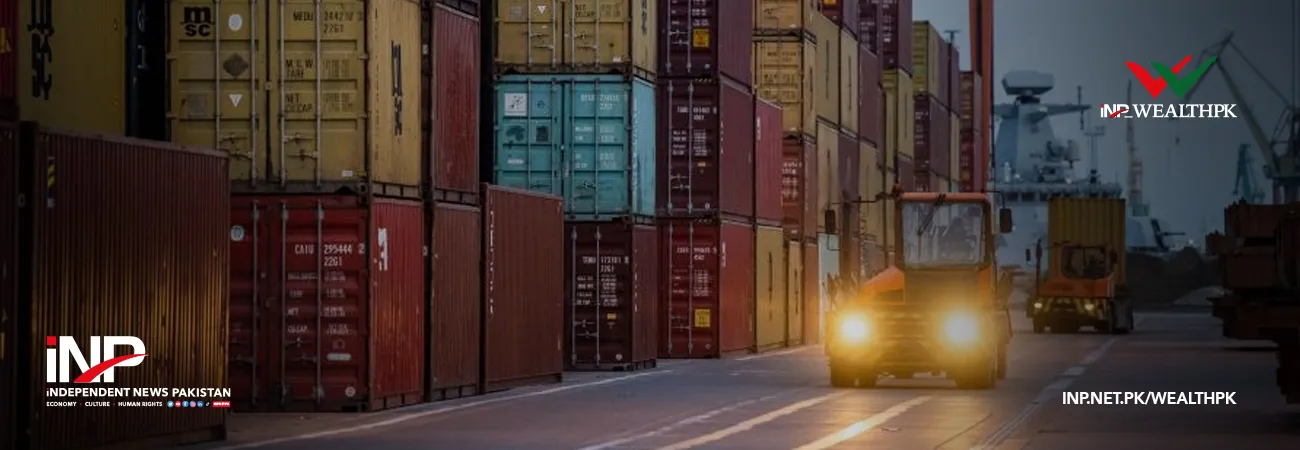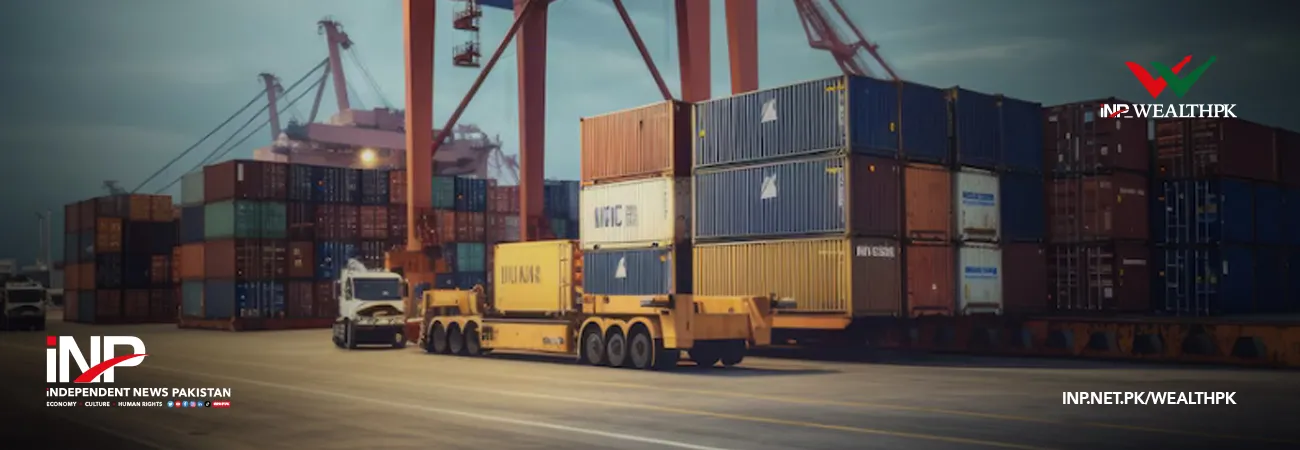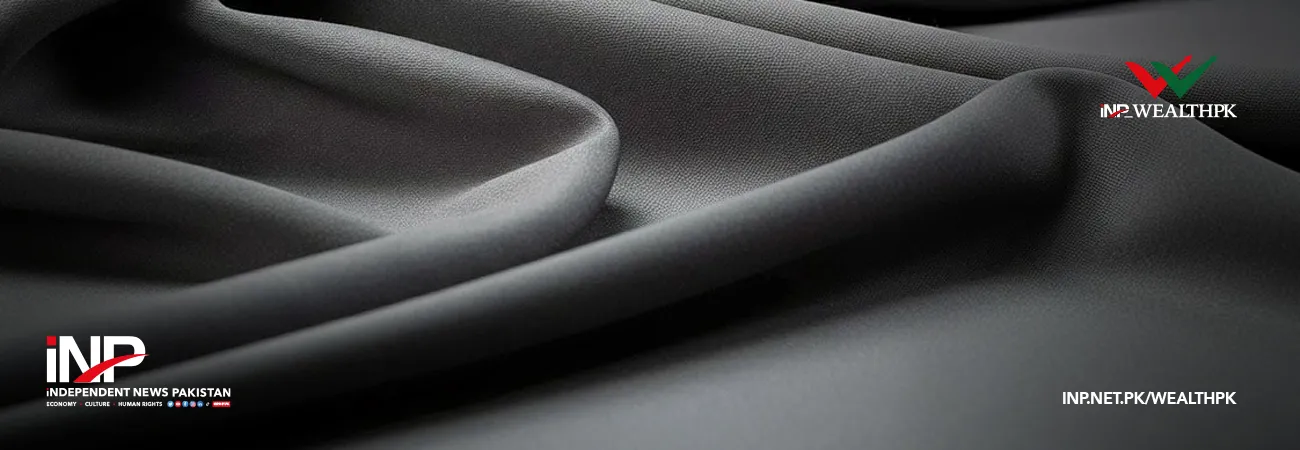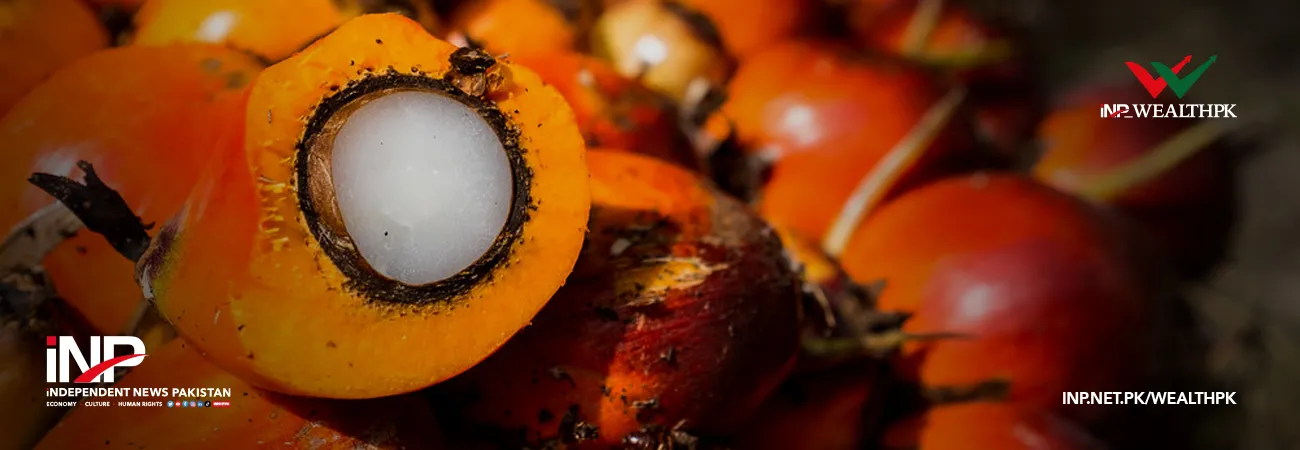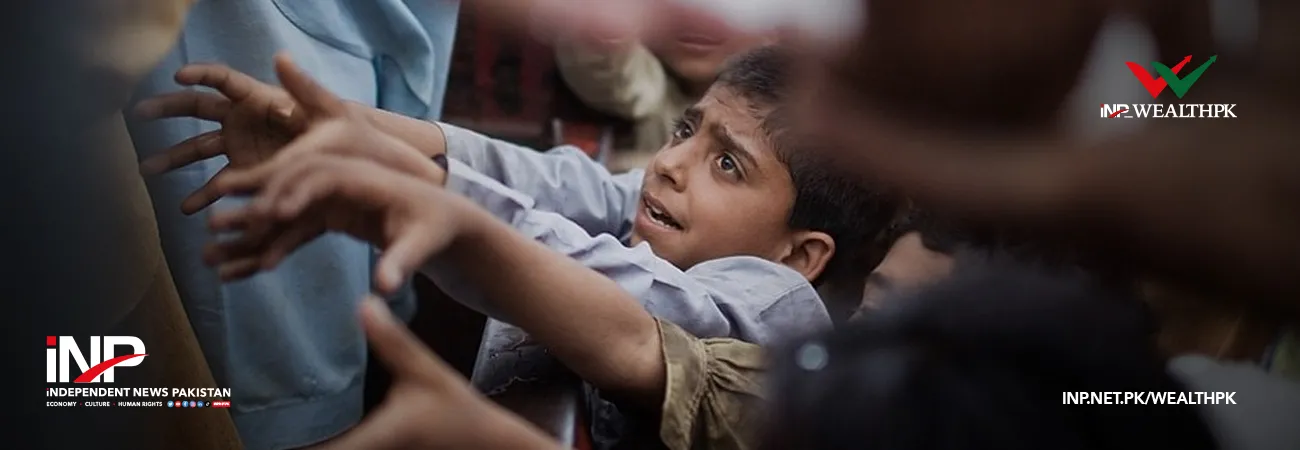آئی این پی ویلتھ پی کے
Moaaz Manzoor
Amid a temporary 90-day pause on steep US tariffs, Pakistan’s key labor-intensive industries — particularly textiles and leather — face renewed pressure, as the threat of a 29% cumulative duty looms. Experts warn that if Pakistan fails to leverage this diplomatic window, the potential fallout could undercut job creation in sectors that underpin Pakistan’s exports and provide mass employment, reports WealthPK.
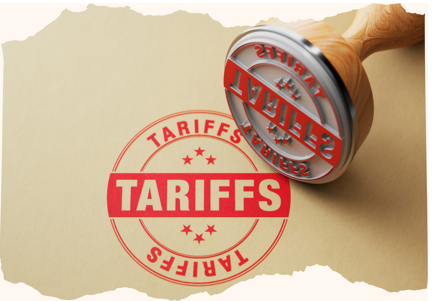
The original plan for immediate tariff enforcement has been halted, giving Islamabad room to maneuver and initiate negotiations — a pause experts now see as a pivotal opportunity rather than a reprieve. Speaking to WealthPK, Dr. Muhammad Zeshan, head of research group on trade, industry, and productivity at the Pakistan Institute of Development Economics (PIDE), noted that the pause was a strategic opening for Pakistan to engage in serious trade diplomacy.
“Initially, we were not prepared when the US signaled a flat 29% tariff, but this 90-day window offers time to craft a policy response,” he explained. Pakistan has already begun leveraging its trade relations, sending a delegation to the US, where, according to official statements by the US trade representatives, “the country that negotiates first will win.” Dr. Zeshan said, “Pakistan is the largest importer of US cotton, which enters duty-free, meaning there is no tariff or customs duty on it.”
This tariff asymmetry creates a meaningful negotiating window. Citing past exemptions granted through FBR SRO 48 (2018) and another in 2019, he added, “There is no justification for the US to impose such heavy duties while benefitting from free access here. It’s not a level playing field.” In this context, the commerce ministry has taken the matter seriously, signaling a coordinated institutional response to the evolving situation.
Dr. Zeshan stressed that the US remains the largest market for Pakistani textiles, adding urgency to the need for a fair deal. “We import their cotton and export the final product back. Imposing 29% tariff on us while benefiting from our market is not a level playing field. The US should also exempt Pakistan from the tariffs.” Muhammad Mubasal, Economic Analyst at the Economic Policy and Business Development, took a more strategic view.
Talking to WealthPK, he said, “Pakistan will see short-term volatility, especially in the textile value chain. But our position is stronger than many. Vietnam faces 46% tariff and Bangladesh 37%, while ours is capped at 29%. This gives us a relative competitive edge, especially in the labor-intensive industries like sports goods and apparel.”
Mubasal identified three strategic paths forward: first, opening talks for a free trade agreement with the US; second, offering targeted tariff relaxations on American goods as goodwill; and third, leveraging the existing advantages such as Pakistan’s $100 labor cost advantage and an estimated $8 billion in idle textile manufacturing capacity.
“If we play it right, this challenge could elevate Pakistan from a regional to a global export hub. Our $3 billion trade surplus with the US gives us a strong foundation for long-term engagement.” While disruptive, the looming tariff threat offers Pakistan a rare chance to recalibrate its trade diplomacy and industrial strategy. With coordinated action and smart negotiations, the country can safeguard jobs and unlock new trade pathways, turning the short-term risk into a long-term opportunity.
Credit: INP-WealthPk




